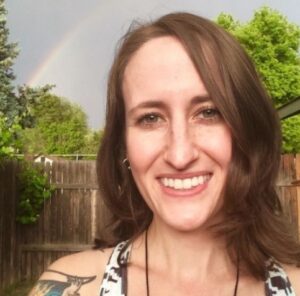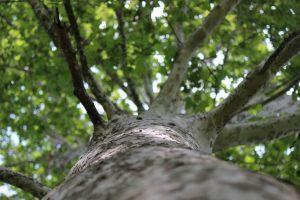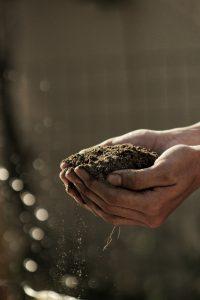Sick Sycamore? We can fix it.
Are you the proud owner of a stately sycamore that seems to have lost its luster the last few seasons? These magnificent trees are revered for their structural beauty, their merciful shade during summer, and their robustness and longevity. However, they are prone to a common affliction called Anthracnose, which takes its toll on your tree’s good looks but is fortunately almost never fatal and relatively easy for your arborist to sort out.
Sycamore Anthracnose, Gnomonia leptostyla, is a fungal disease that affects sycamores throughout the country. Generally, it renders trees unsightly causes significant portions to die back. The fungus attacks the buds and twigs, leaving affected trees with leaf lesions, defoliation, stem cankers, and “witches’ brooms” on the ends of their branches. Beyond being unattractive, these symptoms compromise overall health by increasing stress and likely inhibiting photosynthesis.
What to do?
If you’re seeing these symptoms in your sycamore, call an arborist. He or she should readily identify the disease (and know its name). There are basically 2 roads to resolution. The first is good old-fashioned pruning and cleaning. The second involves chemical treatment. Being somewhat old-fashioned myself, I’m a proponent of trying the first and conjuring the chemicals only if needed. Either course of action will require a couple of seasons to witness a restoration of health.
Fungi like damp environments. So, the first thing to do is to ‘lighten’ the tree’s canopy. Sycamores have such gorgeous stem structure and bark that a proper pruning will also highlight these attributes. By thinning the interior of the tree and pruning out all the dead and infected areas, the tree will look and feel immeasurably better. With a good thinning, the wind will move through the tree’s canopy, promoting air circulation, which in turn leads to canopy dryness – inhospitable for fungus.
The second piece to the low-tech approach is staying on top of leaf and twig removal during the fall. As your sycamore loses its leaves, it’s important to constantly remove that organic material from around the base of the tree. The leaves are infected, so removing the leaf debris from the scene is paramount to stopping the spread and prolongation of Anthracnose.
If those measures don’t restore the health of your tree in a couple of seasons (which they usually do), then it’s time to consider a chemical application. There are several root flare treatments that a certified arborist can recommend and perform.
Fortunately for us Boiseans, many of our neighborhoods are graced with magnificent sycamore trees. If you see the symptoms of Anthracnose, call us. We’ll be happy to visit with you and your tree and see what we can do. We’ll get your tree back on track for years of continued enjoyment and beauty. Cheers!





